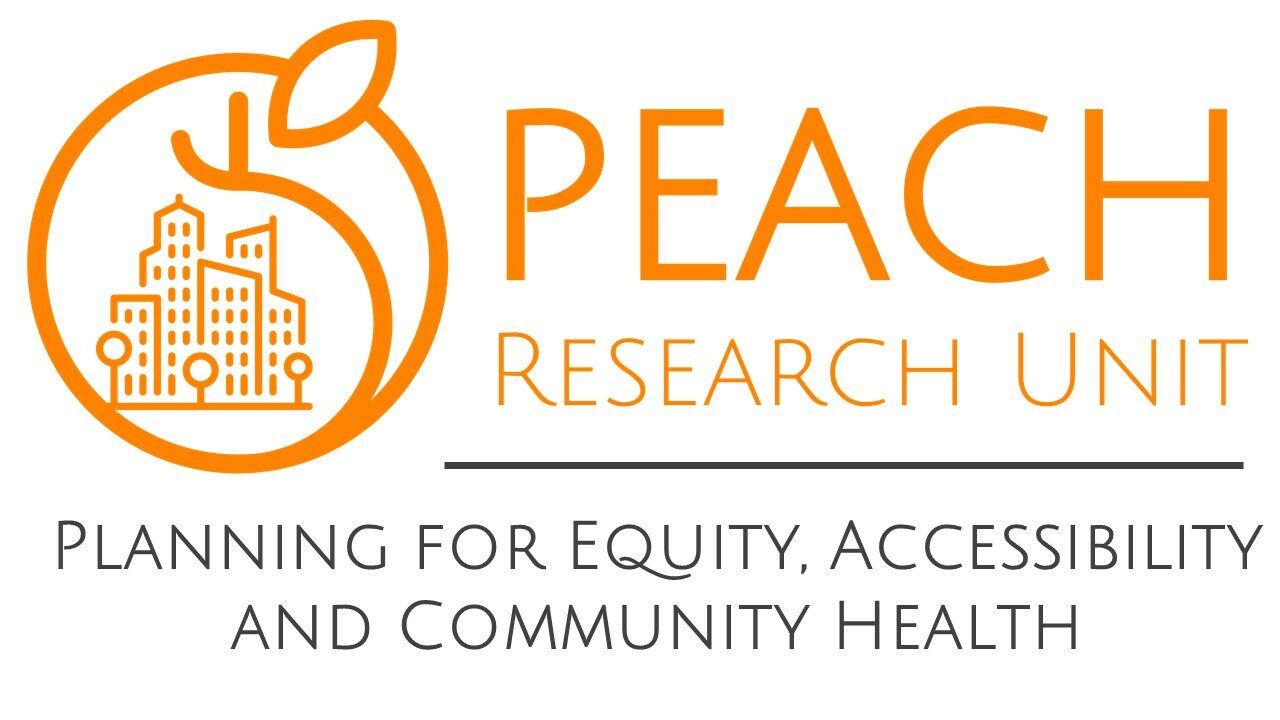Access to Supermarkets
Created by Michaela Bray, MPlan Student

Supermarkets are key to populations having access to healthy food and fresh produce. Supermarkets, compared to smaller grocery or convenience stores, often offer the greatest access to healthy foods at the most competitive prices1. In Canada, about 80% of the food consumed at home is purchased from supermarkets2. Supermarkets frequently provide the most convenient and affordable access to fresh produce. Many studies have shown that living closer to a supermarket results in increased fruit and vegetable consumption and reduced rates of obesity and other weight-related diseases3, 4. For many Canadians, supermarkets are most easily accessible by car. For this reason, we determined that a COMe’s access to supermarkets could be measured as the average driving times (in minutes) to its closest supermarket in Halifax Regional Municipality (HRM).
We first calculated the driving time between the dissemination blocks (DB) contained within each COMe and closest supermarkets using the Network Analyst tool with the Origin-Destination (OD) Cost Matrix in ArcMap 10.5. Using supermarket point data (n=50) from 2017-2018* and DB centroids (the centre point of each DB), (n=3525), the OD Cost Matrix computed the driving distance between each set of points. Of all computed driving times, the shortest one for each DB centroid was selected. To determine the average driving time of a given COMe, we calculated the average (population-weighted) of all DBs’ driving times contained within that COMe.
This study only assessed the spatial accessibility to the closest supermarket by driving. A majority of the COMe in HRM do not have a high level of accessibility to pedestrians. Further studies investigating accessibility to other types of food outlets as well as accessibility by different modes of transportation will help to better understand the complex picture of food accessibility in HRM.
Additionally, it is possible not all residents will frequent the supermarket that is closest to their residence when other factors such as cost or product offerings may affect a resident’s supermarket-of-choice. This analysis does not account for these factors of accessibility.
**This map is under construction. Please stay tuned for updates. Thank you for your understanding.**
*The food data were provided by Catherine Mah, Professor at the School of Health Administration, Dalhousie University, and the team member of the SAMoSA project
1. Larsen, K. & Gilliland, J. (2008). Mapping the evolution of ‘food deserts’ in a Canadian city: Supermarket accessibility in London, Ontario, 1961-2005. International Journal of Health Geographics, 7(16), 1-16.
2. Smoyer-Tomic, K.E., Spence, J.C. & Amrhein, C. (2006). Food Deserts in the Prairies? Supermarket Accessibility and Neighbourhood Need in Edmonton, Canada. The Professional Geographer, 58(3), 307-326.
3. Michimi, A. & Wimberly, M.C. (2010). Associations of supermarket accessibility with obesity and fruit and vegetable consumption in the conterminous United States. International Journal of Health Geographics, 9(49), 1-14.
4. Fiechtner, L., Kleinman, K., Melly, S. J., Sharifi, M., Marshall, R., Block, J., Cheng, E. R., & Taveras, E. M. (2016). Effects of Proximity to Supermarkets on a Randomized Trial Studying Interventions for Obesity. American journal of public health, 106(3), 557–562.
